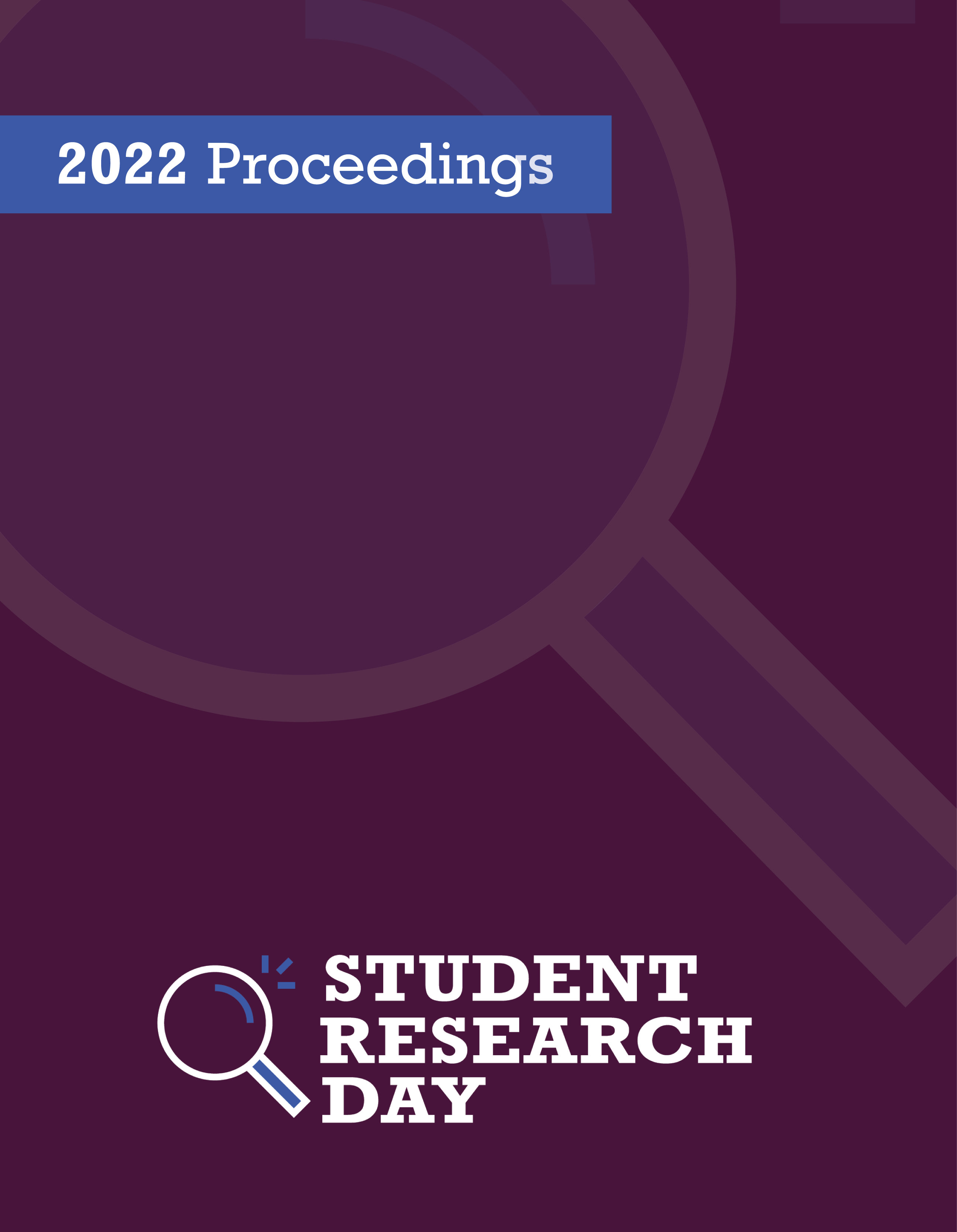Anxiolytic effects of acute Delta-9-Tetrahydrocannabinol (THC) administration in Zebrafish (Danio rerio)
Abstract
The current need for novel treatments of anxiety is at the forefront of mental health, with nearly 15% of Canadians indicating symptoms of Generalized Anxiety Disorder (GAD) in 2021, up from 13% in the previous year (Statistics Canada, 2021). The Zebrafish (Danio rerio) model organism allows for effective and efficient testing of new treatments, given their evolutionarily conserved anxiety pathway, the hypothalamus-pituitary-interrenal (HPI) axis, that acts nearly identically to the hypothalamus-pituitary-adrenal (HPA) axis in humans (Khan et al. 2017). Furthermore, zebrafish share a similar Endocannabinoid system to that of humans (Oltrabella et al. 2017), allowing for the exploration of the effects of cannabis, and its constituents. The present study aims to explore the anxiolytic effects of delta-9-tetrahydrocannabinol (THC), one of two of the most prevalent phytocannabinoids found in cannabis (the other being Cannabidiol)(Atakan, 2012). Fish will be exposed to THC at doses of 0.3 and 0.6mg/L which have well-established anxiolytic effects (Dahlén et al. 2021; Ruhl et al. 2014), as well as 1.0mg/L. Administration of the drug should result in decreased thigmotaxis within the open field test, indicating reduced anxiety. Zebrafish behaviour will be analyzed using a well-validated test of anxiety; the open field test. This test will allow for the measure of the proportion of time spent swimming near the edge of the tank (thigmotaxis) (Stewart et al. 2012), with a lower proportion of time spent in the thigmotaxic zone indicating reduced anxiety.
Department: Psychology
Faculty Mentor: Dr. Melike Schalomon
Published
Issue
Section
License
Authors retain any and all existing copyright to works contributed to these proceedings.



